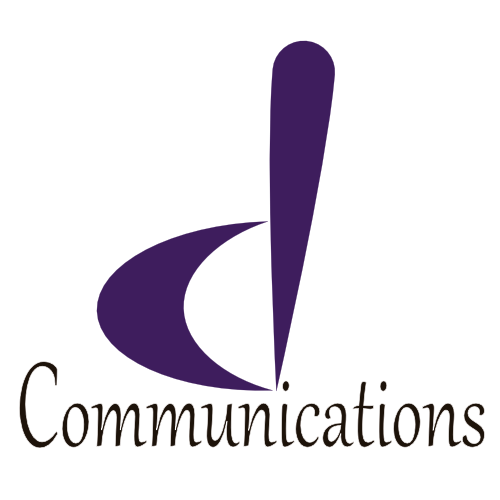Last updated on March 14, 2022
You are probably working to finalize plans for your employees’ return to the office. My previous blog addressed the importance of employee engagement as you create these plans. This blog focuses on ongoing communicating to a hybrid workforce. It highlights 3 key steps you should not overlook.
1 – Set your communications needs, goals and requirements
- Company strategy and priorities – What will you need to communicate about going forward: Business results, pandemic response, job openings, training,…? How will you bring to life your company strategy and priorities, such as your Diversity, Equity and Inclusion efforts, and how will you nurture your employees’ sense of belonging, specifically for those who will be remote?
- Goals – What will you need to achieve with your communications? Building awareness, creating engagement, gathering feedback, building new skills, encouraging collaboration, calling to action are a few examples of the needs you may have.
- Distribution – What tools and channels will you use to distribute your communications (e.g. emails, employee magazine, virtual meetings, cascade, …)? Ensure you have the right tools and technology to achieve your goals and that they are effective.
- Employee development and experience – It’s easy to recognize behaviours and performance, and identify potential when you interact with someone every day at work. You can also adjust their company experience just from simple observations each day. It may not be the same when your interactions with that person are virtual and occasional. How will you recognize and promote talent and accomplishments? How will you ensure a proper experience that reflects your company’s values? How will you nurture human connections amongst employees (these coffee chats do help to build bonds and collaboration!)? How will train your leaders and employees to build virtual communications and leadership skills?
2 – Define how communications will be managed
- Process – Who will send what? Will all communications be created and sent from a centralized team or shared across various teams?
- Contents – How will you organize your messages so employees have a clear and quick understanding of what the message is about? For example, some companies organize their messages by type such as information, policies, training, or action required.
- Prioritization – Do your employees understand what should be read first and what is considered secondary?
- Timing/frequency – When should each type of communication be issued? Maintaining a calendar will allow you to distribute your messages effectively. This is important to avoid saturating your employees with a mountain of uncoordinated messages.
- Continuous improvement – How will you gauge the effectiveness of your communications?
3 – Set and communicate your expectations
- Establish your distribution process and tools.
- Communicate how communications will be managed to all employees so they understand how the process will work and what is expected of them.
- Provide training as needed. For example: Do your leaders understand when and how they are expected to share a cascaded communication with their teams?
- Conduct regular assessments of your communications to validate/improve the effectiveness of your contents and process.
- Ensure your approach is bi-directional, allowing employees and leaders to participate through feedback.
If you are interested in digging deeper into the topic, here are a few great articles on hybrid work communications and in general:
How to communicate and engage employees in a hybrid workplace – This article from TILTCO offers ways to create a strong hybrid employee experience.
Getting real about hybrid work – In this post, McKinsey contributors Aaron De Smet, Bonnie Dowling, Mihir Mysore, and Angelika Reich explore the disconnect between employees expecting a more flexible work arrangement and employers expecting everyone back into the office post-pandemic.
Fostering a Culture of Belonging in the Hybrid Workplace – In their article published by Harvard Business Review, Tomas Chamorro-Premuzic and Katarina Berg share important elements of reflection in order to create a sense of belonging in a hybrid context.

Comments are closed, but trackbacks and pingbacks are open.